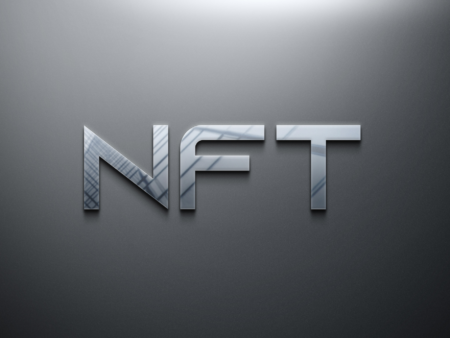Discover ERC-6551, the new Ethereum standard that unleashes the full potential of NFTs, revolutionizing various sectors and unlocking new possibilities in the world of digital assets.
The ERC-721 standard changed the course of history by popularizing NFTs. Since their debut, NFTs have transformed numerous sectors by bringing novel applications such as tickets, breedable pets, static photos, and generative art. Developers discover new use cases for NFTs as their use rises. However, the restrictions of the standard upon which they are based may prevent NFTs from reaching their full potential. ERC-6551, a new Ethereum standard, is utilized in this situation. Every NFT on the network will be propelled to become more dynamic by ERC-6551, ushering in a new era.
ERC-6551
The new Ethereum standard for NFTs, ERC-6551, aims to increase their dynamic and interactive nature. ERC-721 NFTs are given access to all of an Ethereum account’s features via token-bound accounts (TBA).
The new standard enables ordinary NFTs to assume expanded capability and interactivity beyond static materials. Each ERC-721 NFT is given a customized smart contract or wallet, and the account’s on-chain activity is then recorded using a permissionless registry.
ERC-6551 implements a smart contract that acts as a wallet, enabling storage and transaction execution. The smart contract is based on the ERC-4337 standard. Additionally, the new standard is compatible with existing ERC-721 tokens. Adoption of the new standard by current NFTs avoids complications like asset wrapping.
Despite the fact that ERC-721 NFTs have paved the road for widespread acceptance of NFTs and opened up new use cases for blockchain-based assets, they are plagued by problems including restricted provenance, a lack of composability, and being overly static. The new NFT standard fixes every issue with the old standard and presents fresh possibilities.
What Benefits Does ERC-6551 Offer?
With the ability to make every NFT more dynamic and useful, ERC-6551 is expected to revolutionize the NFT sector. In retrospect, many businesses, particularly web3 gaming and on-chain identification, could see a revolution thanks to the new standard.
Prior to the new standard, gamers who had in-game NFTs had separate storage for such items in their wallets. With the addition of ERC-6551 and its token-bound accounts, game developers can include additional use cases, like as inventories, gear, and other mechanisms requiring numerous assets to interact with one another.
Additionally, ERC-6551 creates possibilities for on-chain identification in a number of contexts, including rewards, allow-listing, loyalty schemes, and credit ratings. By using on-chain identification, protocols may become more dependable and secure, creating more durable systems.
With ERC-6551, the possibilities for NFTs are virtually endless, and it will be intriguing to see what new, varied uses emerge.
On the other hand:
- recently, due to the current meme coin PEPE frenzy, Ethereum gas prices reached heights not seen since May 2022. Over 100 gwei has been the average price of network gas.
- due to recent Ethereum network congestion, one user spent 64 ETH ($120,00) in gas fees for a single transaction.
By changing the fundamental characteristics of static NFTs to make them more dynamic, composable, and interactive, Ethereum’s new standard has the potential to advance Web3 to a new level.












